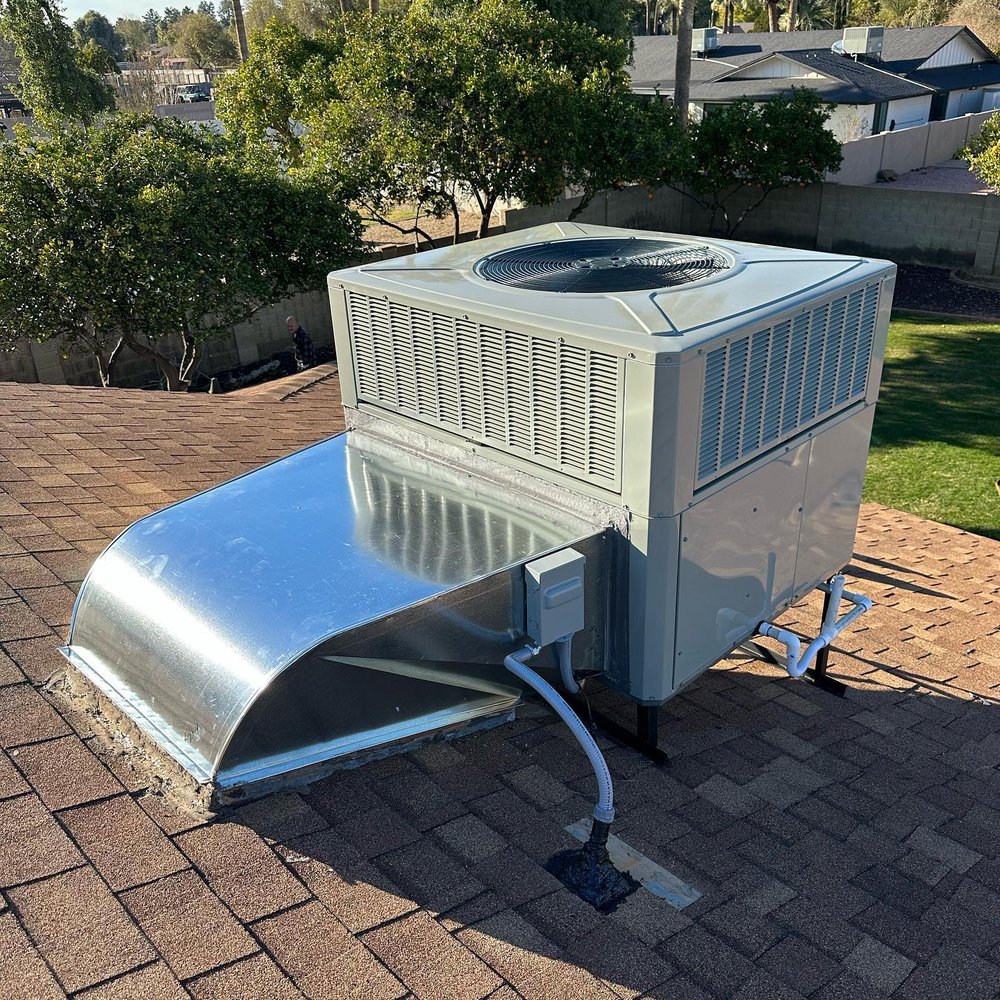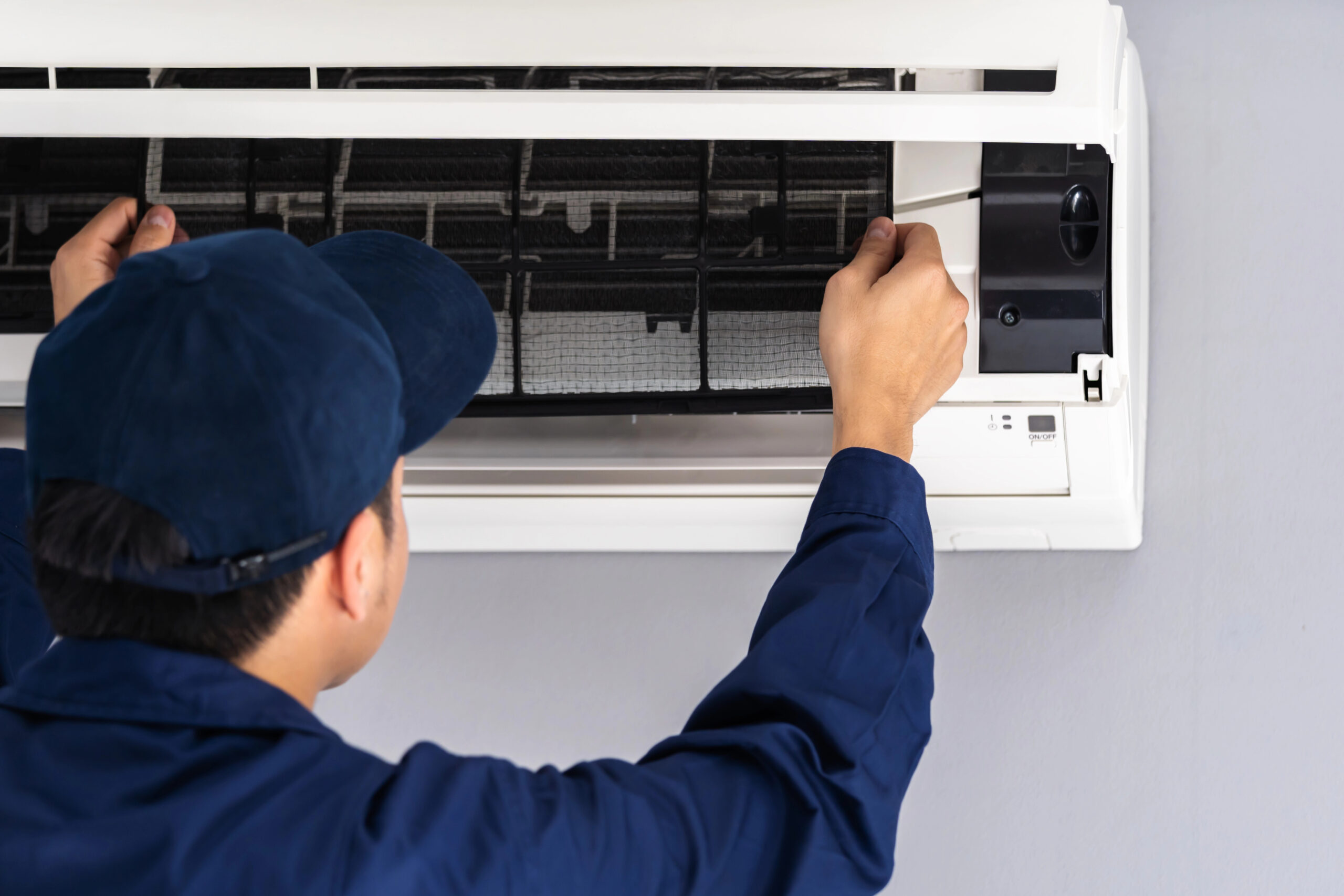1. Unusual Noises from the Unit
Hearing strange sounds like clanking, banging, screeching, or rattling? These noises usually indicate that something is loose, worn out, or broken. For example, a loose fan blade or a failing motor can quickly lead to more damage if left unchecked. A properly functioning HVAC system should run quietly in the background. Any change in sound is worth investigating.
2. Weak or Inconsistent Airflow
If you notice poor airflow coming from your vents, it could be due to a clogged filter, blocked ductwork, or a failing blower motor. When airflow is restricted, your system has to work harder to keep temperatures comfortable, which not only affects performance but also drives up your energy bills. Consistent, steady airflow is key to comfort and efficiency.
3. Hot and Cold Spots in the House
Inconsistent temperatures between rooms are often a sign that your HVAC system isn’t distributing air properly. This could be related to duct problems, a malfunctioning thermostat, or aging components that no longer work efficiently. Your home should feel evenly heated or cooled. If not, your system might need recalibration or repair.
4. Sudden Increase in Energy Bills
When an HVAC system starts working less efficiently, it tends to use more energy to maintain your set temperature. If your utility bills are climbing even though your usage hasn’t changed, your system could be to blame. Worn-out parts, dirty filters, or leaky ducts may be forcing your system to work harder than it should.
5. Foul or Musty Odors
Unpleasant smells coming from your HVAC vents could signal mold growth, burned-out wiring, or accumulated dust and debris. A musty smell is usually a sign of moisture buildup somewhere in the system, which can lead to health risks if not resolved quickly. A strong burning smell could indicate an electrical issue, which needs immediate attention.
6. System Runs Constantly or Turns On and Off Frequently
Short cycling—when your HVAC turns on and off too often—is not only inefficient but also hard on your system’s components. If your unit seems to run non-stop or constantly cycles, it could be a sign of incorrect sizing, thermostat problems, or failing components. On the other hand, if the system can’t maintain the temperature and runs too long, it could mean something isn’t working properly.
7. Visible Leaks or Moisture Around the Unit
Your HVAC system should be free of visible leaks or excessive moisture. Any water pooling around the indoor unit could mean a clogged condensate drain line or a refrigerant leak. These types of issues can damage your property or even lead to mold if ignored. It’s important to act fast to prevent bigger problems.
Conclusion
Recognizing the signs of HVAC trouble before a full breakdown occurs can save you from stress, discomfort, and high repair costs. If your system is making noise, blowing weak air, or showing any of the other warning signs listed above, don’t wait until it stops working completely.
A prompt inspection and professional service can help restore your comfort and protect your investment. Keep your home safe, energy-efficient, and comfortable—year-round.



